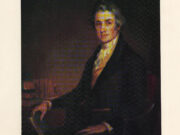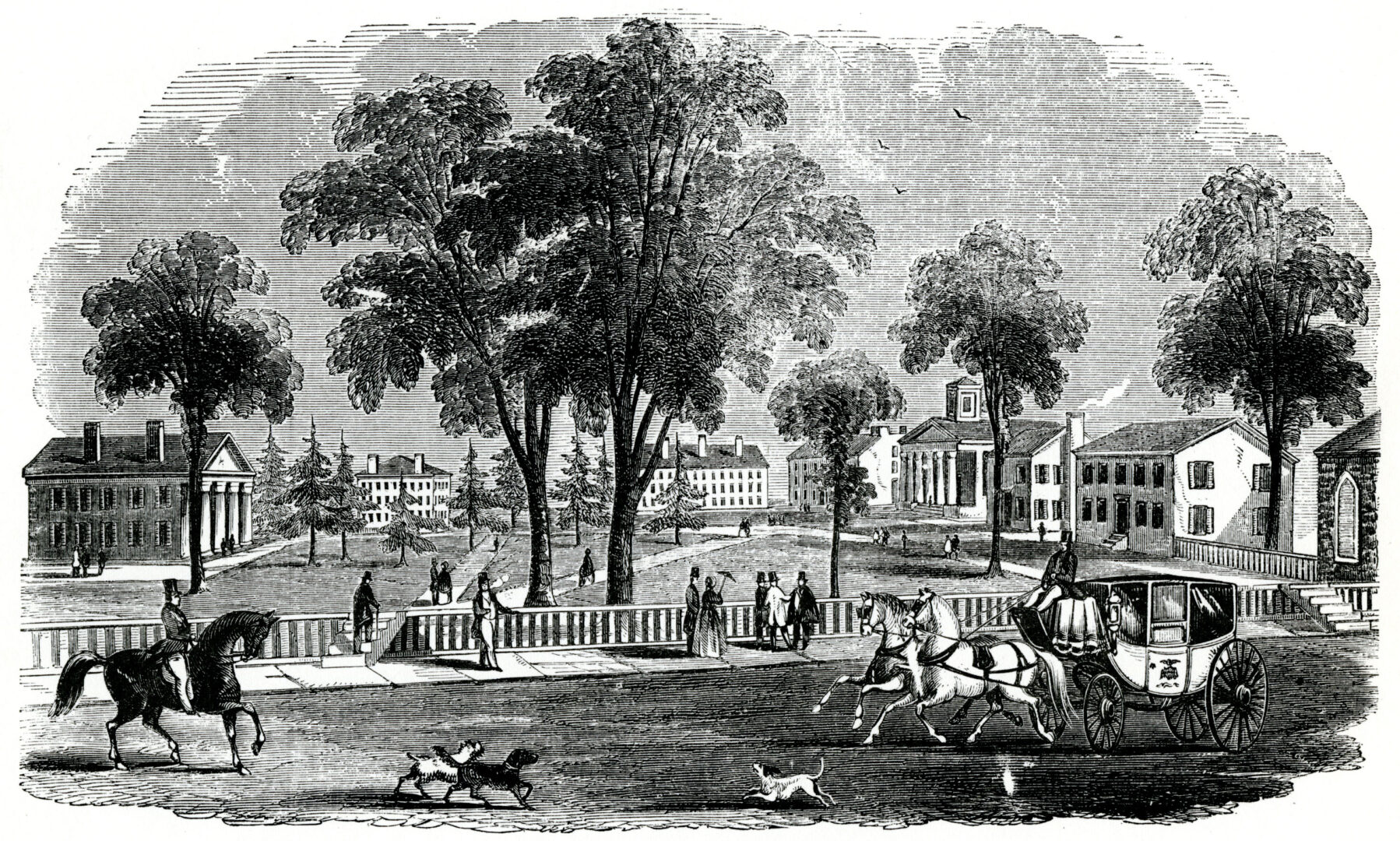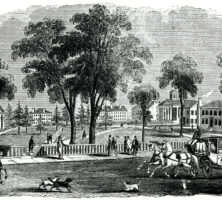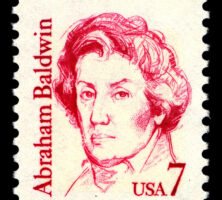The founder of the University of Georgia and a delegate to the constitutional convention in 1787, Abraham Baldwin was born on November 22, 1754, to Lucy Dudley and Michael Baldwin in North Guilford, Connecticut. His father, a blacksmith who had twelve children by two wives, borrowed money to send his son to Yale College (later Yale University) in New Haven, Connecticut. Baldwin studied theology at Yale and prepared for a career as a minister before the turbulent years of the American Revolution (1775-83).
Baldwin graduated from Yale in 1772 and taught there as a tutor until 1779, when he became a chaplain in the Revolutionary army. During his time in the military, Baldwin associated himself with men of diverse social and economic backgrounds, which broadened his outlook on the future of the colonies. After the war ended, he studied law and was admitted to the Connecticut bar. Receiving a land grant in Wilkes County, Georgia, Baldwin subsequently moved to Columbia County (which until 1790 was part of Richmond County). In 1784 Baldwin moved to Augusta, where he began practicing law. During this time, he also began a successful career in Georgia politics.
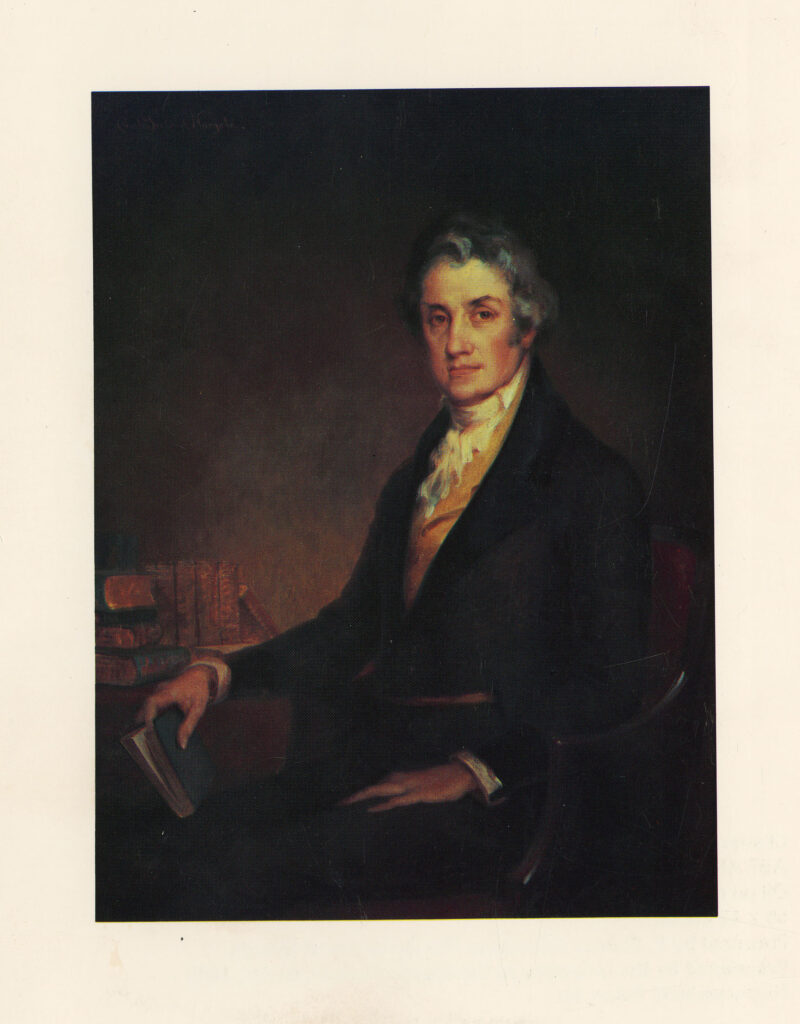
Courtesy of University of Georgia Photographic Services
After Baldwin turned down a prestigious teaching position as professor of divinity at Yale, Georgia governor Lyman Hall persuaded him to accept the responsibility of creating an educational plan for both secondary and higher education in the state. Baldwin strongly believed that education was the key to developing frontier states like Georgia. Once elected to the Georgia state legislature, he developed a comprehensive educational plan that ultimately included land grants from the state to fund the establishment of the University of Georgia (at the time also known as Franklin College) in Athens. Through Baldwin’s efforts, the state approved a charter for the University of Georgia in 1785. Baldwin served as the first president of the institution during its initial planning phase, from 1786 to 1801. In 1801 the University of Georgia opened to students; it was architecturally modeled on Baldwin’s alma mater, Yale.
Baldwin remained active in politics during his years as president of the University of Georgia. He continued to hold his seat in the Georgia Assembly until 1789, but in 1785 he was also elected to the Confederation congress. Two years later, Baldwin served as one of four Georgia delegates to the constitutional convention of 1787 (the other delegates were William Few Jr., William Houston, and William Pierce). Of the Georgia delegates, only he and William Few signed the constitution. At the convention, Baldwin served on the Committee of Postponed Matters, later called the “Grand Committee,” which was tasked with determining how to apportion state representation in the national legislature. On the committee, Baldwin changed his vote on small-state representation to the national Senate, possibly because he feared the alienation of small states after befriending the Connecticut delegation. In so doing, he was instrumental in bringing about the “Great Compromise” that established representation in each house of Congress—equal representation in the Senate and apportionment based on population in the House of Representatives. Baldwin himself considered his role in the Great Compromise to be his greatest public service.
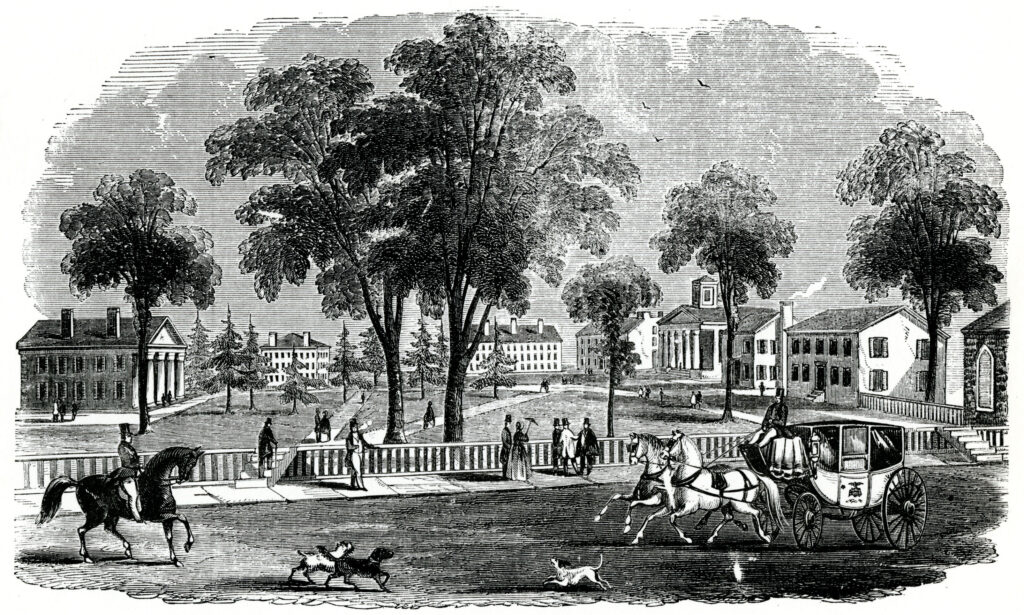
Courtesy of Hargrett Rare Book and Manuscript Library, University of Georgia Libraries.
Beginning in 1789, Baldwin served five consecutive terms in the U.S. House of Representatives (1789-99) and two consecutive terms in the U.S. Senate (1799-1807), one of these as president pro tem. As a member of Congress, Baldwin was an avid supporter of limited nationalist policies and was widely perceived as the leader of the moderate wing of the Democratic-Republican Party. Throughout his political career, Baldwin was a consistent ally of both James Madison and Thomas Jefferson and a staunch opponent of Alexander Hamilton’s policies.
Baldwin is remembered today in Georgia primarily for his statewide educational program that created a state university and provided state funds for that institution. Highlighting his own education principles, Baldwin once stated that Georgia must “place the youth under the forming hand of Society, that by instruction they may be moulded to the love of Virtue and good Order.” He believed that no republic was secure without a well-informed constituency. Baldwin never married. In a curious parallel to a later renowned Georgian, Alexander Stephens, Baldwin assumed custody of six of his younger half-siblings upon his father’s death and reared, housed, and educated them all at his own expense.
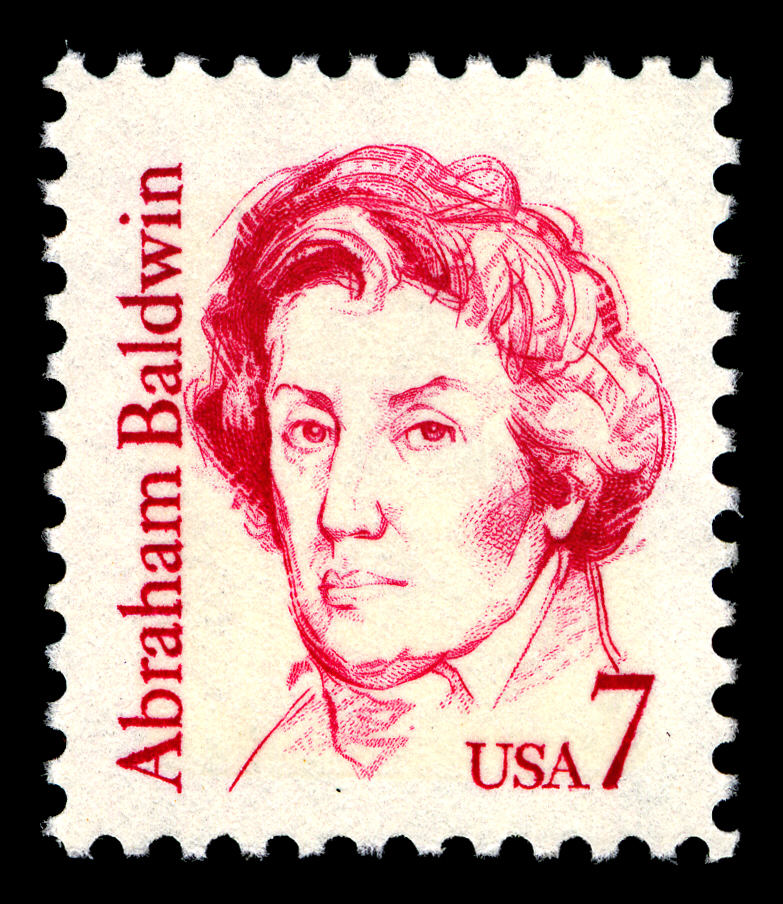
Courtesy of the Smithsonian National Postal Museum
On March 4, 1807, at age fifty-three, Baldwin died while serving as a U.S. senator from Georgia. Later that month the Savannah Republican and Savannah Evening Ledger reprinted a eulogy of the great statesman, which had first appeared in a Washington, D.C., newspaper: “He originated the plan of the University of Georgia, drew up the charter, and with infinite labor and patience, in vanquishing all sorts of prejudices and removing every obstruction, he persuaded the assembly to adopt it.” Baldwin is buried in Rock Creek Cemetery in Washington, D.C. Abraham Baldwin Agricultural College in Tifton and Baldwin County in middle Georgia are named in his honor.
A statue of Baldwin was dedicated on the University of Georgia campus in 2011.


